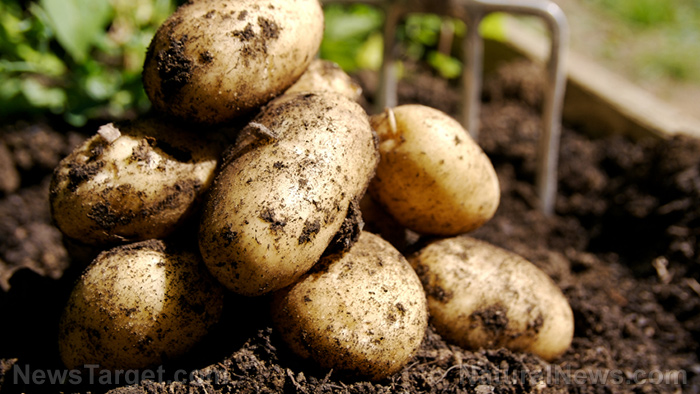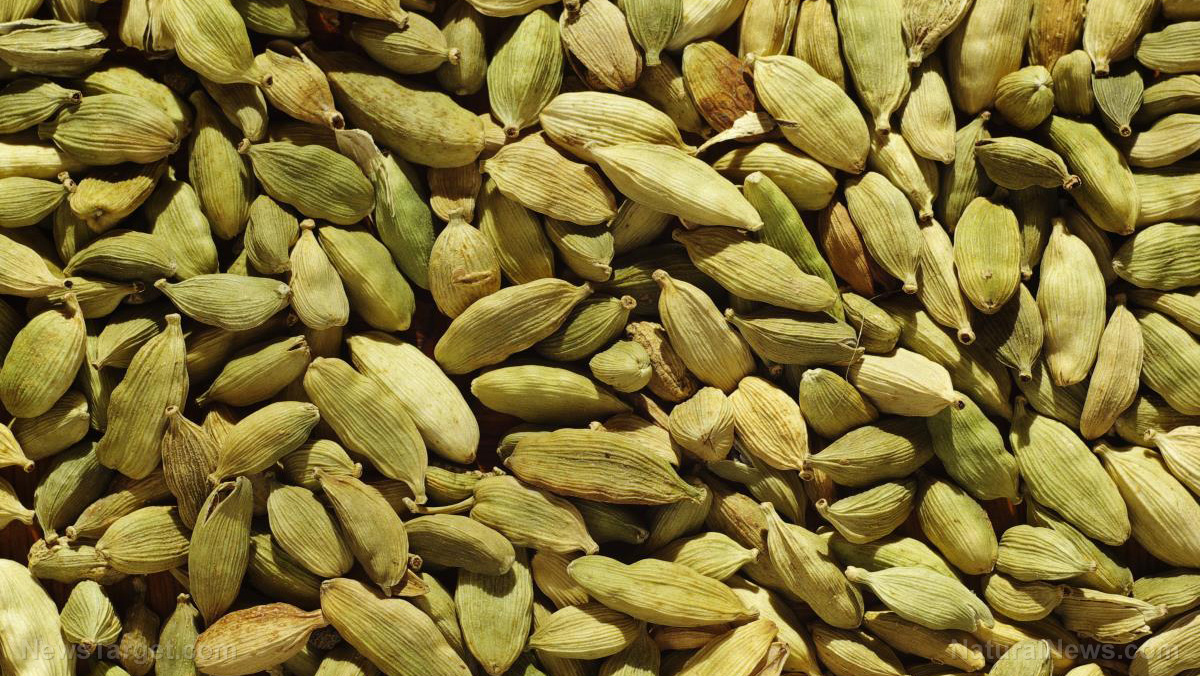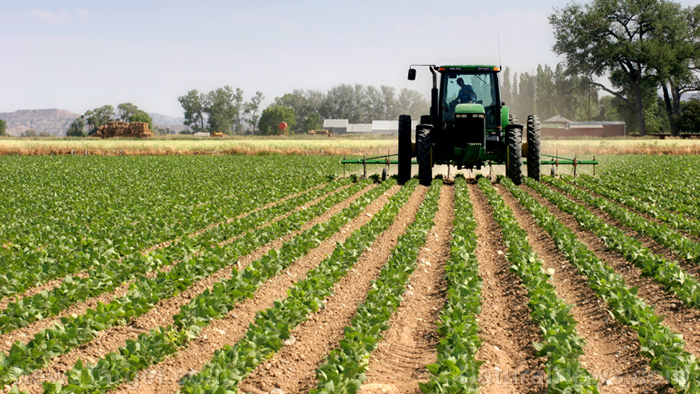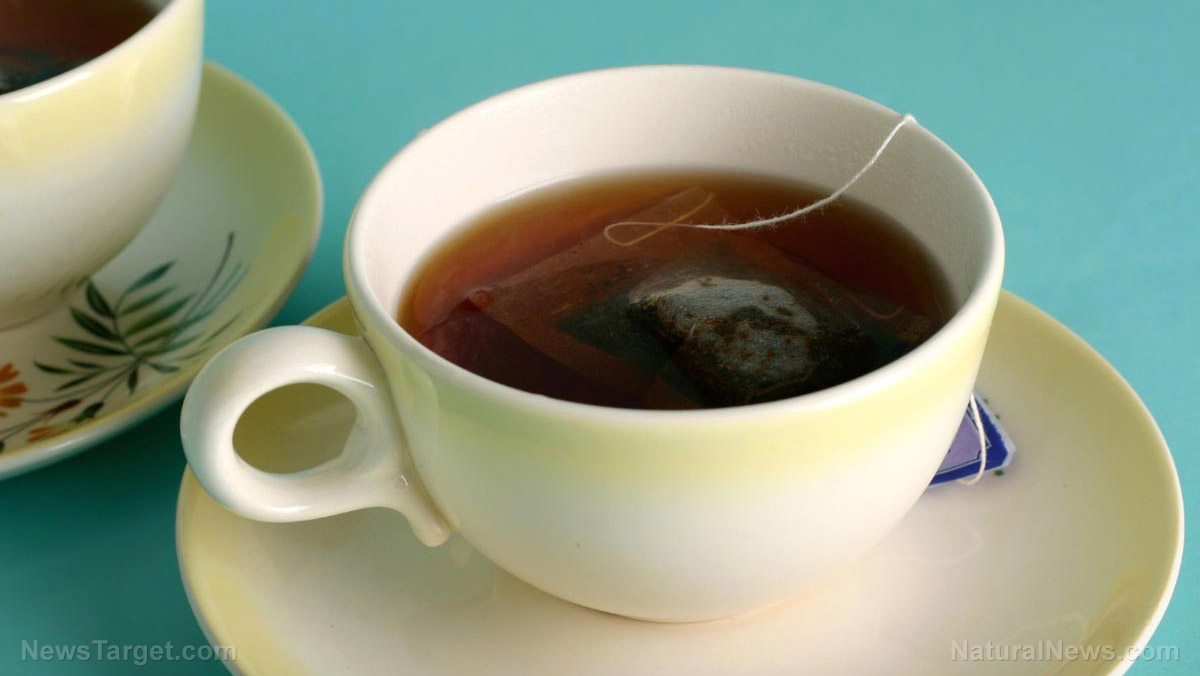In some areas, COVID-19 lockdowns are triggering huge spikes in food prices
09/24/2020 / By Ethan Huff
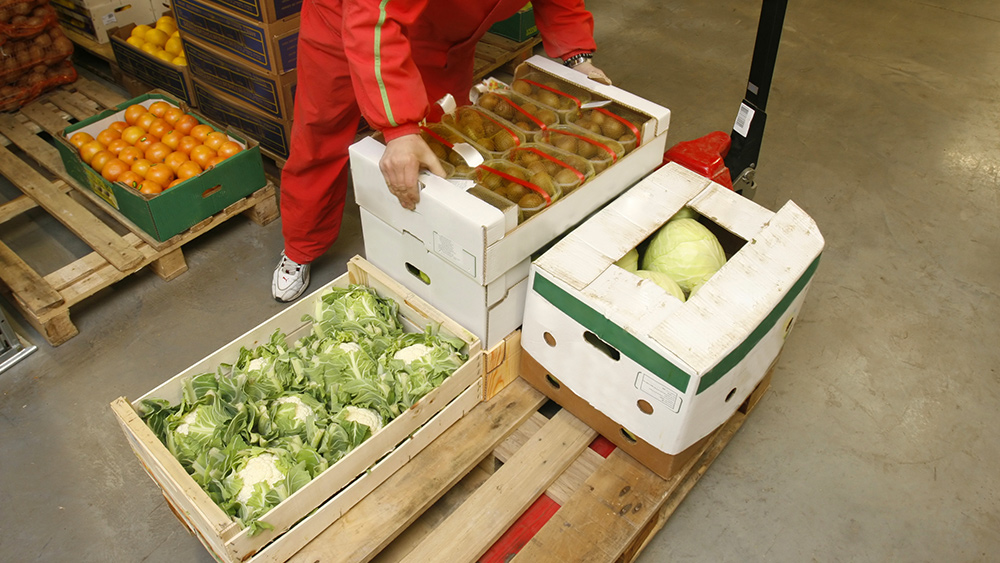
Even though the Wuhan coronavirus (COVID-19) plandemic would seem to be petering out, many Americans are still paying higher-than-normal prices for staple food items.
C+R Research launched a study to check the pulse on prices throughout the country, determining that upwards of 85 percent of Americans are paying more now for grocery items like meat, eggs and milk than they did prior to March when the plandemic did not yet exist.
The group surveyed 2,040 consumers about their shopping habits, budget and diet. They found that beef and eggs have seen the most significant price increases due to the plandemic, followed by poultry.
Besides higher food prices, many consumers are also having trouble finding food, period. For products they normally purchase, 83 percent of respondents indicated that they are still unable to find certain grocery items.
Household goods are also higher in price and hard to come by. Seventy-five percent of respondents said things like paper supplies, cleaning products and appliances are more expensive now compare to pre-March prices. And more than three-quarters said they are still unable to find all the household goods they need.
In the food category, meat products as a whole have, by and large, seen the highest price increases over the past several months. In the household goods category, that designator goes to cleaning supplies.
Beef, the survey found, has increased in price by about 10.3 percent, on average, while paper supplies are 8.9 percent more expensive. This could explain why these two items are likewise in short supply.
Poultry saw an average price increase of 6.3 percent, followed by eggs at 5.9 percent, water and soft drinks at 5.3 percent, and pork products at five percent.
Back in the household goods category, appliances jumped up in price by 6 percent, flowers and potted plants by 5.8 percent, cleaning products at 5.4 percent, and miscellaneous household products at 3.6 percent.
Hair care, deodorant sales plummeted due to plandemic
As for items that people are purchasing fewer of since March, the survey found that 71 percent of people have been skipping the hair care aisle, while 61 percent are skipping the deodorant aisle.
Perhaps this is due to the other product categories now being more expensive, or maybe it has to do with the fact that more people are working at home now rather than in an office, hence why they care less about how they look and smell.
Due to continued uncertainty about where things are headed, most people have cut back on their food budgets since the plandemic. There is also worry among most that food prices will only get more expensive over time.
Because of this uncertainty, some 43 percent of people polled indicated that they are now eating less meat, while 33 percent are eating less poultry. The organic industry has also taken a hit, with 31 percent of people now avoiding organic products.
Other methods of cutting costs include cutting coupons and looking for other discounts, which 38 percent of those surveyed say they now do. More than one in four are now buying in bulk and meal prepping, while roughly the same number of folks are shopping around to find the best prices.
“On average, consumers say they’re spending $139 per week on groceries and the vast majority (88%) are concerned that grocery prices will continue to rise rather than level out or decrease,” C+R Research reports.
“While no one has a crystal ball, nearly a quarter of consumers are hopeful they will see some relief at the checkout counter by spring 2021, but just about the same proportion aren’t sure.”
You can read the full C+R report at this link.
To keep up with the latest news about the impact of the Wuhan coronavirus (COVID-19) on society, be sure to check out Pandemic.news.
Sources for this article include:
Tagged Under: CCP, China, China Virus, Chinese Communist Party, Chinese military, coronavirus, covid-19, food prices, food scarcity, food supply, groceries, Plandemic, spikes, starvation, Wuhan coronavirus
RECENT NEWS & ARTICLES
COPYRIGHT © 2017 FOOD SCIENCE NEWS




